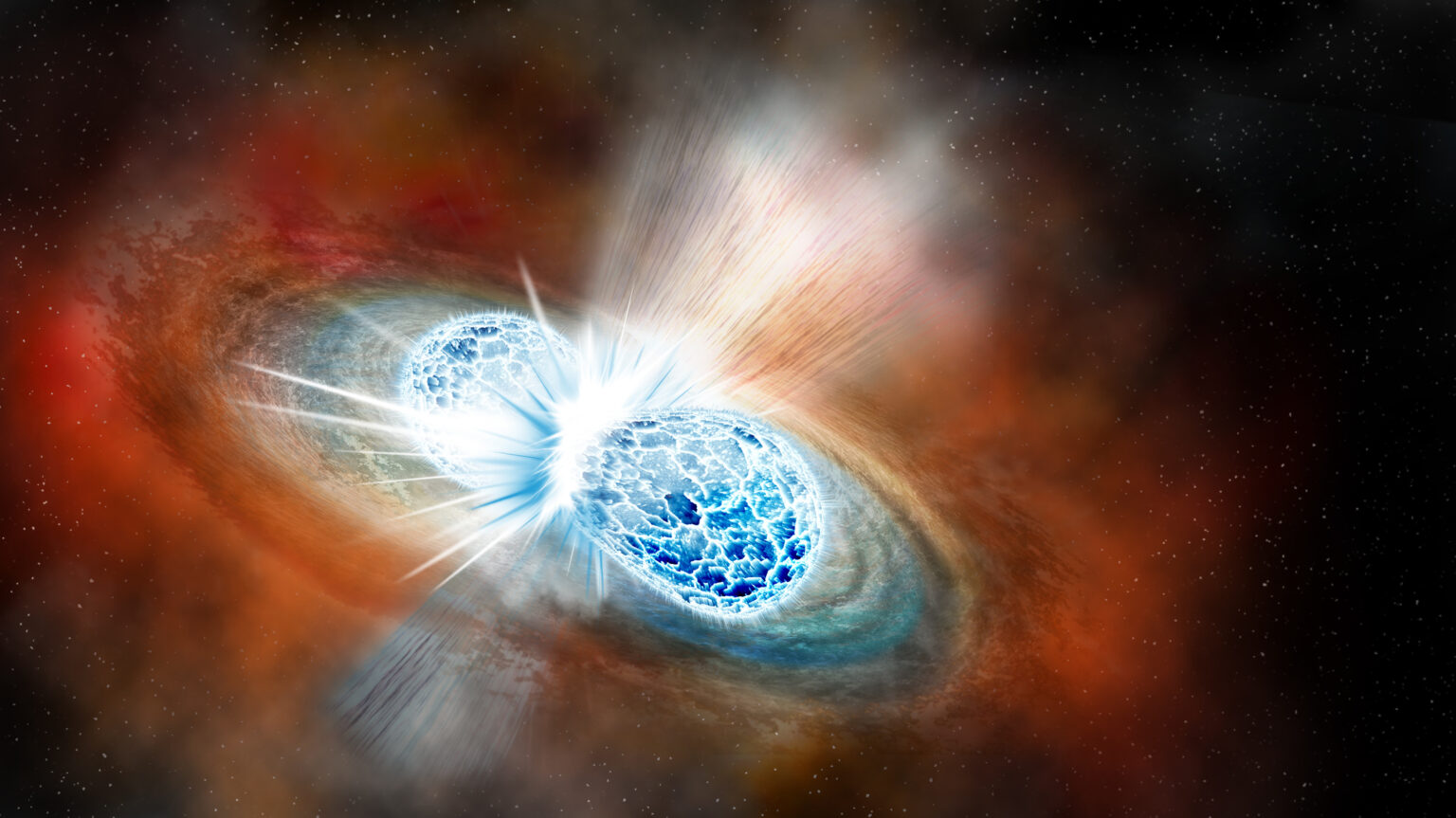Scientists studied radioactive elements from samples raised from the ocean floor and found that they were born as a result of different events, but they came to Earth together. They explain this by the fact that already existing heavy isotopes can be carried by shock waves from new supernova explosions.

Unprecedented combination in ocean samples
An international group of scientists from the University of Hertfordshire in the UK and the Konkoly Observatory, owned by the Research Center for Astronomy and Earth Sciences of Hungary, has published a study explaining how radioactive elements get to Earth.
It began with samples extracted from rocks at the bottom of the ocean. Then scientists isolated an unusual combination of radioactive elements from them: manganese-53, iron-60 and plutonium-244. All of them are formed far away in space, and then fall to Earth together with meteorites. But that’s not what surprised scientists.
Manganese-53 is produced by white dwarfs when flares occur on them when a large amount of matter falls to the surface. Iron-60 is formed during ordinary supernova explosions that occur due to the collapse of massive stars. And plutonium-244 is born when neutron stars collide. All these events are not related in any way. However, the elements were found in the same samples, which indicated that they came to Earth together.
How radioactive elements travel in space
To explain how radioactive isotopes formed at different points in the Universe can arrive on Earth together, scientists have developed a computer model of how they travel through the Galaxy. Of the three types of events that produce radioactive elements, supernova explosions due to collapse are very common, while white dwarf explosions and neutron star collisions are relatively rare.
Scientists have come to the conclusion that the radioactive isotopes released into space as a result of the last two events remain there for a long time. And the shock waves from supernova explosions carry them back and forth. At the same time, radioactive elements mix with each other and form compounds, which then fall out on planets like Earth.
The published study also has one unexpected consequence. The content of heavy elements in the crust of the planet affects the ability to contain one of the most important factors of life — liquid water. Therefore, analyzing the movement of radioactive matter in the galaxy, it is possible to determine in which regions the probability of finding a truly Earth-like planet is higher than in others.
According to phys.org
Follow us on Twitter to get the most interesting space news in time
https://twitter.com/ust_magazine
